
The fascination with all things nuclear started during World War II and continued for a couple decades. Attitudes toward uranium and nuclear technology spanned a fine line between thinking it would save the world or ultimately lead to global destruction. American pop culture became saturated with radiation-related products. From movies to toothpaste, everyone wanted to get in on their market share of nuclear promotion. You can see many of these products in ORAU’s online Museum of Radiation and Radioactivity.
What fed into (and perpetuated) the craze? Here are four reasons nuclear science was at the forefront of pop culture throughout the 1950s and 60s.
Top of mind
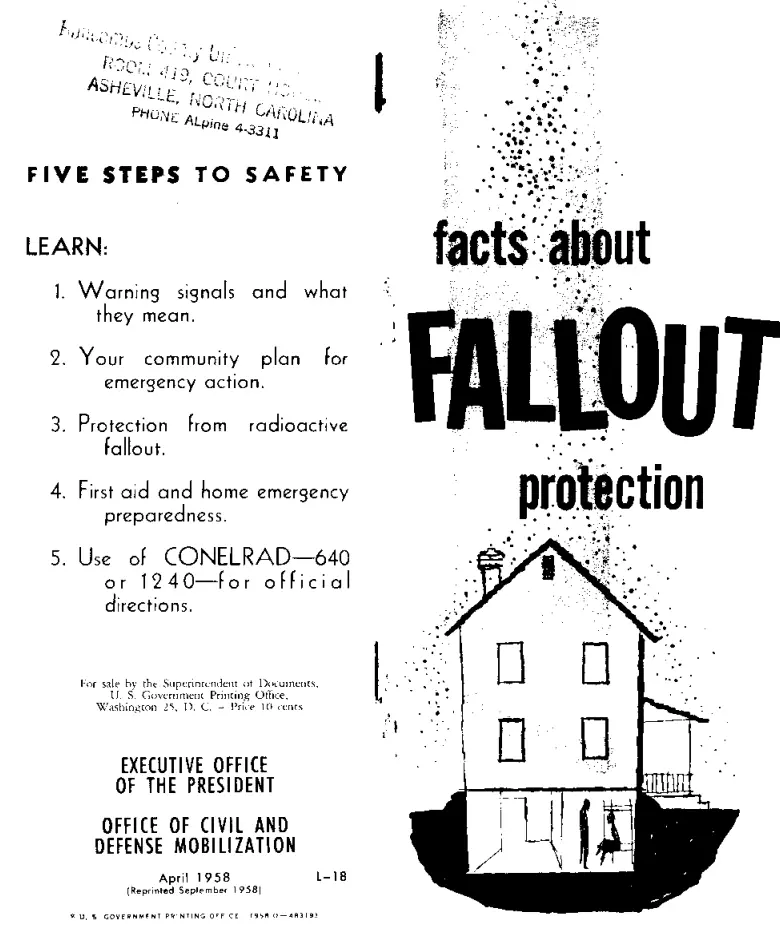
Image from civil defense brochure that was distributed to the public
While the United States’ atomic bomb ended WWII in 1945, it started the nuclear arms race, and the Cold War began in 1947. Bristled by far different ideology, the Soviet Union detonated their own atomic weapon in a 1949 test. The rivalry between the democratic U.S. and the communist Soviet Union superpowers spurred what is known as the Red Scare, with American citizens concerned about internal spies sharing nuclear secrets to help enemy nations.
Historians say President John F. Kennedy won the 1960 election by promising to keep the U.S. ahead of the Soviet Union in the Space Race and the Cold War.
Then, the world stood still for 13 days in 1962 as the terrifying prospect of all-out nuclear war hung in the air during the Cuban Missile Crisis. One way the U.S. Department of Defense responded included putting out civil defense brochures alerting the public about best practices for response in the event of a nuclear attack. Awareness of atomic capabilities was top of mind for many Americans. For more information about the federal government’s campaign to educate the general population about nuclear fallout read this ORAU blog.
Middle class prosperity
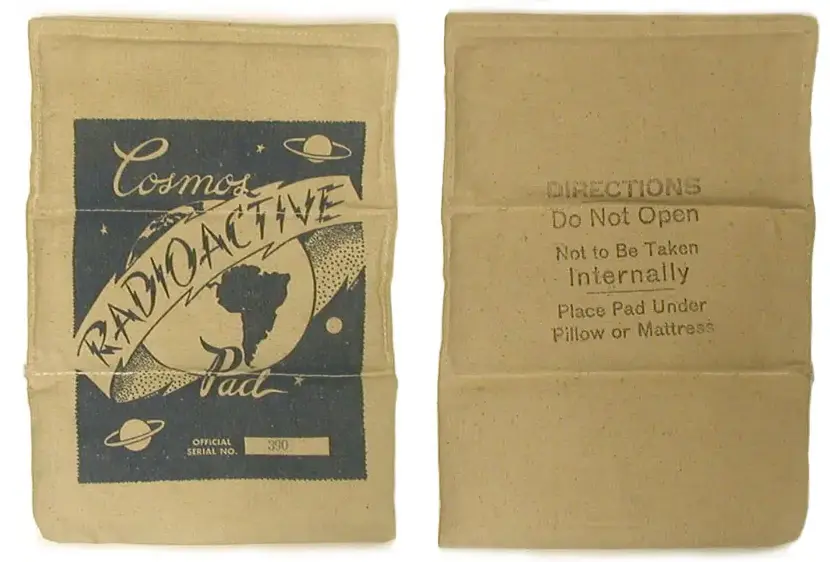
Front and back of radioactive pad product sold to consumers
The 1950s represented a decade of American prosperity and expansion of the middle class. It was an era of new technology and most families benefited—starting in this decade, there was a TV in almost every American living room, for example. Globally, the climate was one of excitement and hope through unprecedented growth and independence. Post-war reconstruction produced an economic boom. With some disposable income, leisure activities included shopping. This opportunity greased the skids for marketers.
During the war, there had been a lack of consumer goods. In the years that followed, Americans were eager to spend. Much of the spending was pragmatic (if a bit luxurious): cars and refrigerators were two of the biggest ticket items. There was also a segment interested in the eclectic such as radioactive spark plugs that were "especially engineered for today's high octane gasoline" or a radioactive pad to be placed under your pillow or mattress for treatment of arthritis, rheumatism, sinus trouble and soreness of hands, wrists, forearms and back. The benefits of the spark plugs were questionable and piddled out of production by the end of the 1950s. As for the radioactive pad, the FDA later issued a Notice of Judgement against the company for its misleading claims. Both the spark plugs and the radioactive pad can be viewed in ORAU’s Museum of Radiation and Radioactivity. Read more about nuclear “quack cures” here.
Cues from the government
During this time, the U.S. government needed uranium for nuclear reactors and stockpiling weapons. The Atomic Energy Commission offered financial incentives for people who found new uranium ore deposits. It was the uranium rush! Like the gold rush 100 years earlier, prospectors went in search of uranium out West. The get-rich-quick spirit inspired everything from movies to board games.
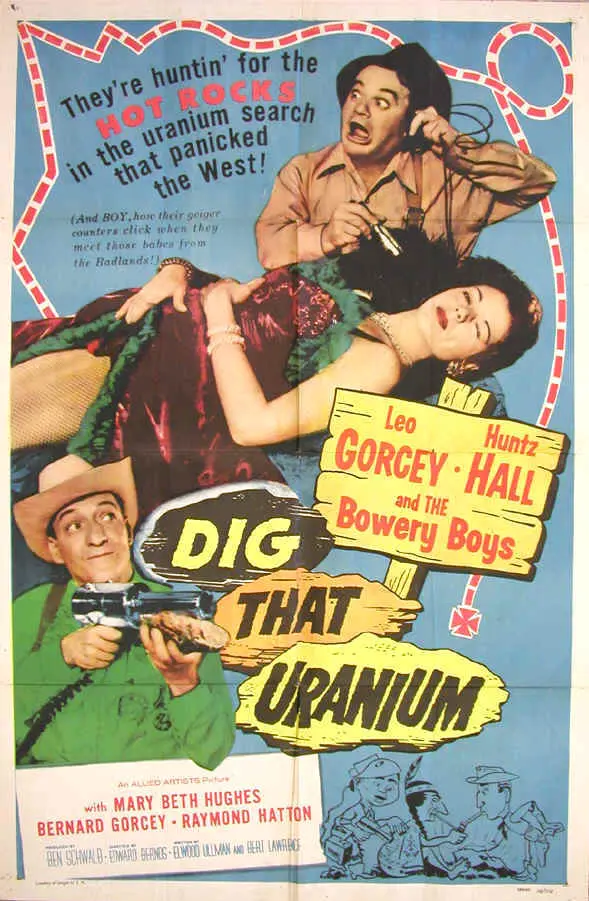
Movie poster for the 1956 film.
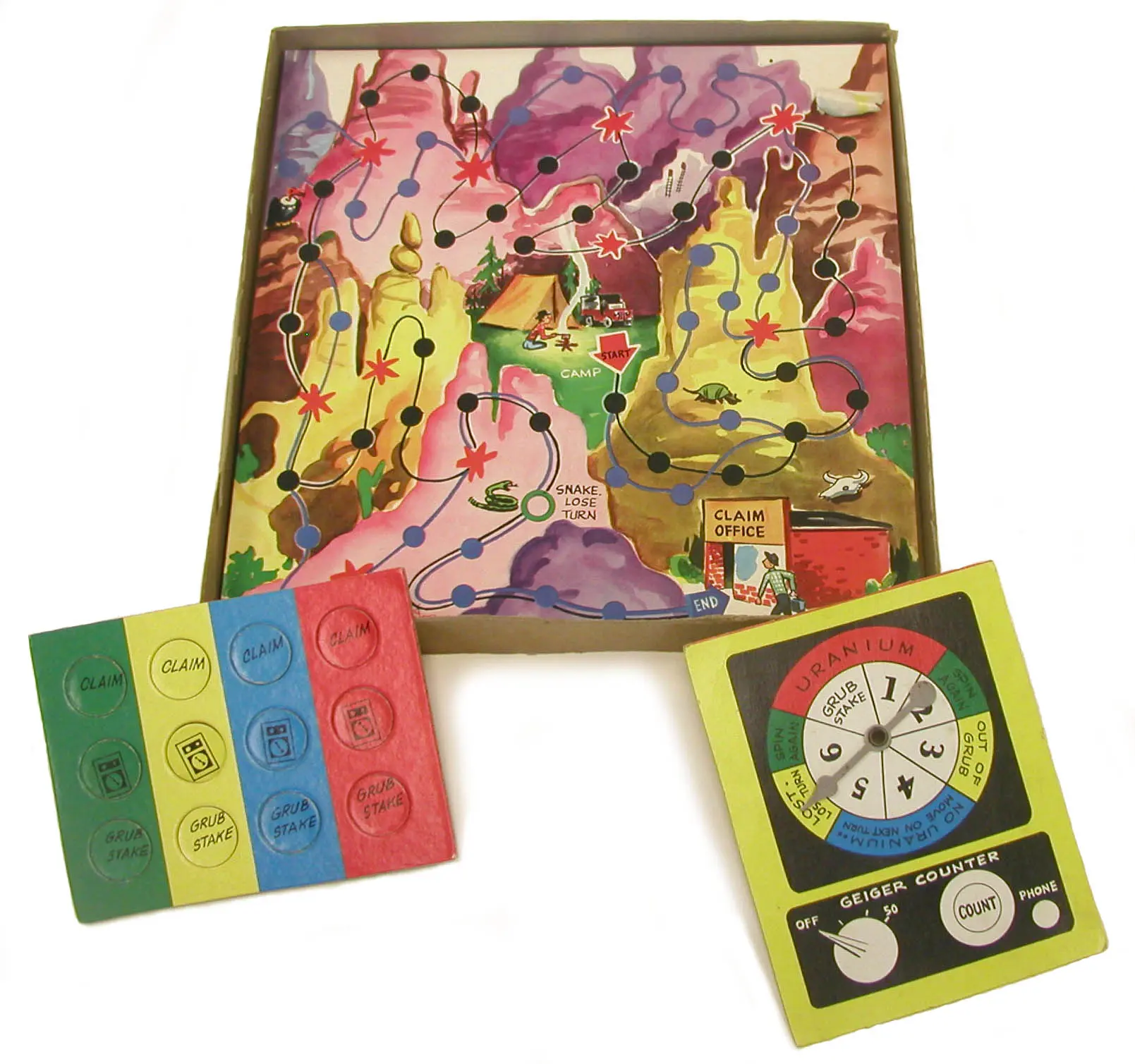
This board game (simply named “Uranium”) came out in the mid-1950s.
Radiation used for good
Though it was a challenge to balance the messaging about radiation between fear and awe, the general population was being educated and hearing more about the good that can come from the power of the atom. Radiation kills harmful bacteria that can make us sick, and nuclear medicine can help treat illnesses like cancer. In those days, ORAU (formerly known as the Oak Ridge Institute of Nuclear Studies) operated one of three cancer research hospitals in the country—the Oak Ridge Cancer Research Hospital—which were leading the way in studying the use of radioisotopes. The learnings that came out of this research have inspired the way doctors around the world treat cancer patients today. For example, this photo from 1956 shows the instrumentation room of the Oak Ridge Cancer Research Hospital where various types of thyroid uptake equipment were installed to study the thyroid’s size, shape, position and function. This and other types of radiation research helped inspire hope and dispel some apprehension about exploring more uses for nuclear technology.
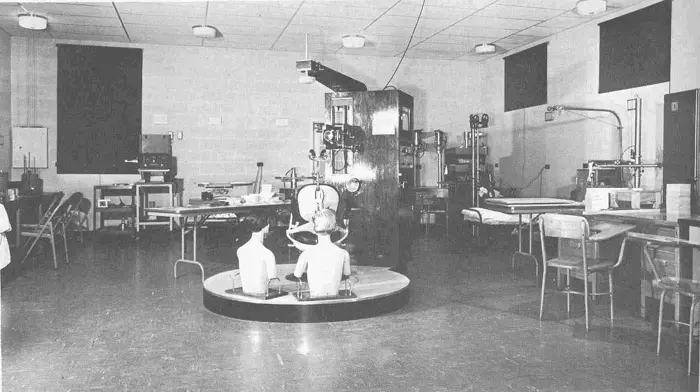
Image from ORAU Medical Division